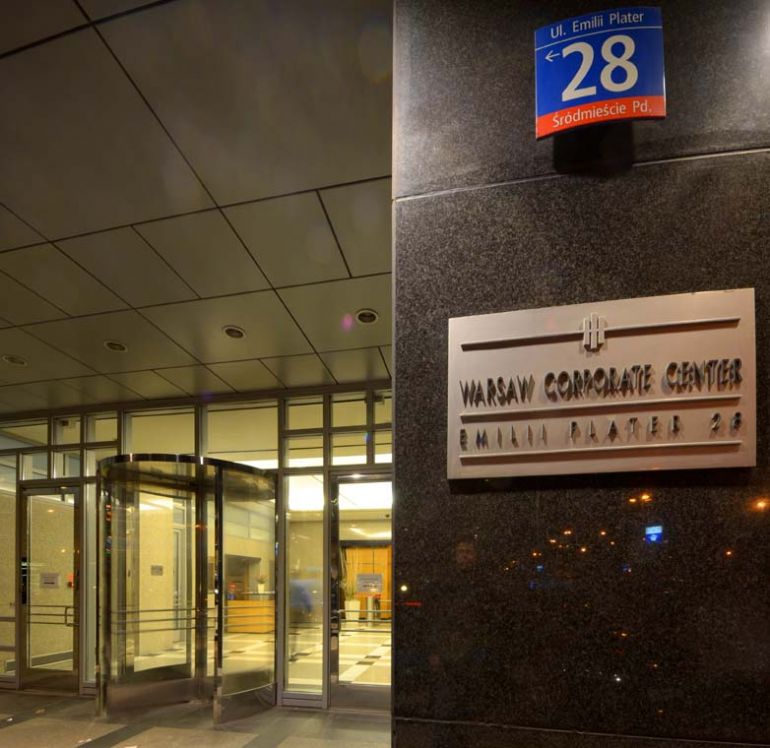Warszawa already has over 4 million square meters of office space. The supply is answered by high demand, which in the first half of 2013 amounted to 339.9 thousand square meters, as says the data of Warsaw Research Forum, which is an increase by 12% compared to the same period in 2012.
Thus, it is not surprising that investors are looking for new places for their projects. Most attractive locations are already occupied. Therefore, investors decide to demolish existing buildings which raises questions whether those projects enrich the map of the city or do they rather influence negatively its image. More and more frequently, the citizens cannot agree on this issue.
Lately, Mercure hotel has been demolished. It was constructed in 1993 at the junction of Jana Pawła II Street and Grzybowska Street. Echo Investment bought the building when it was put up for sale. The new owner plans to build a modern skyscraper on the spot. Characteristic Ilmet and Saski Point buildings are also to be demolished. The list of properties to be destroyed includes also Kaskada office building and Holiday Inn hotel. Doubts as to the demolition are raised mainly because of the time those buildings were built. The oldest among the named buildings – Holiday Inn was built in 1989. The beginnings of the remaining projects go back to 1990s.
Do those buildings deserve the fate that awaits them? Opinions are divided. Some see no point in demolishing buildings which meet the conditions necessary for functioning and meet the aesthetic standards of the urban landscape. Others point out that their presence denies the proper image of Warszawa as the capital city deserves more modern and “western” architecture. The landscape of Warszawa changes. The urban view is far from Manhattan but succeeding skyscrapers start to dominate the city especially in Śródmieście – says Barbara Chowańska, the coordinator of leasing process at GerProp Sp. z o.o.
As the number of glazed state-of-the-art skyscrapers is growing thus is the number of more cozy architecture advocates. Not all the clients interested in locating their businesses in Warszawa are overjoyed with this frequently soulless, ultramodern climate of the new sky buildings. Cozy, unusual and most of all well located office buildings whose heyday was in the 1990s seem to be increasingly popular. If prestigious location is accompanied by properly modernized interiors and elegant classical architecture – the interest of potential clients is very high – says Barbara Chowańska. Warsaw Corporate Center office building is an example of the advantages of pragmatic use of the theory. It was built in 1993 and is located the business centre in Warszawa at the junction of Emilii Plater and Nowogrodzka Streets, next to Marriott Hotel.
The question about the changes to be introduced in the following years remains. What will be the future of Warszawa like? Probably the capital city will still be a large construction site. Regardless of the opinions of both sides, office space is needed to ensure that business development will not be slowed down and that there will be new investments in the city. Building outside the city centre seems to be a solution but every investor is well aware that location is the main factor attracting tenants. Citizens, developers and the city authorities need to find the golden mean which will allow to keep what is timeless and will enable the development of the capital city.



